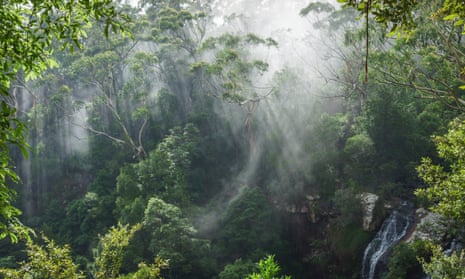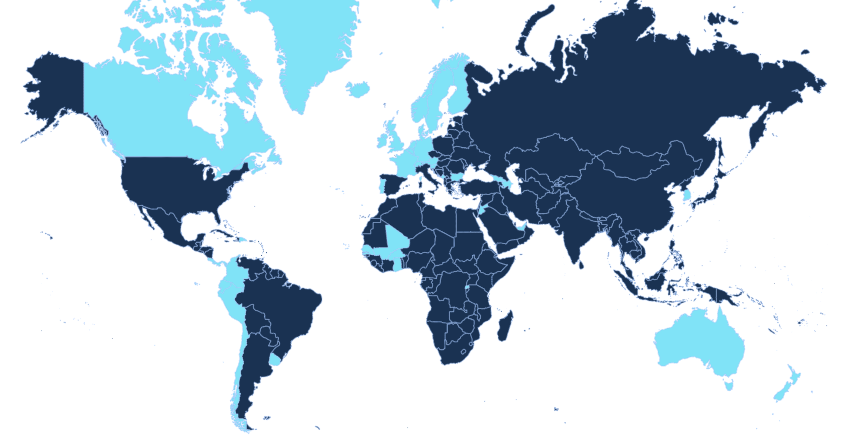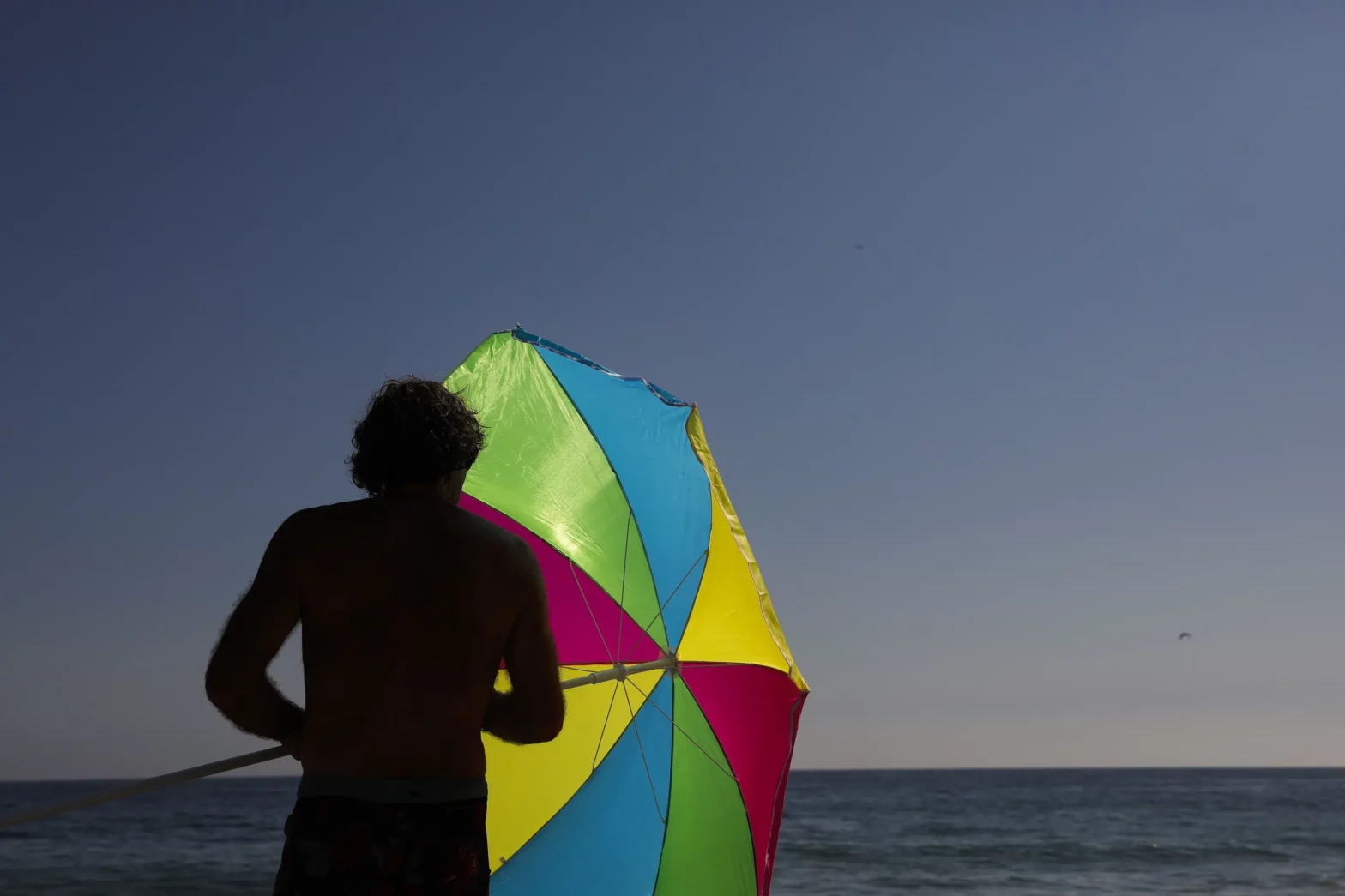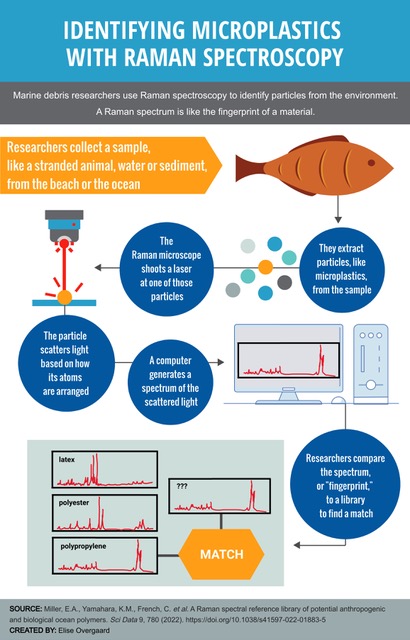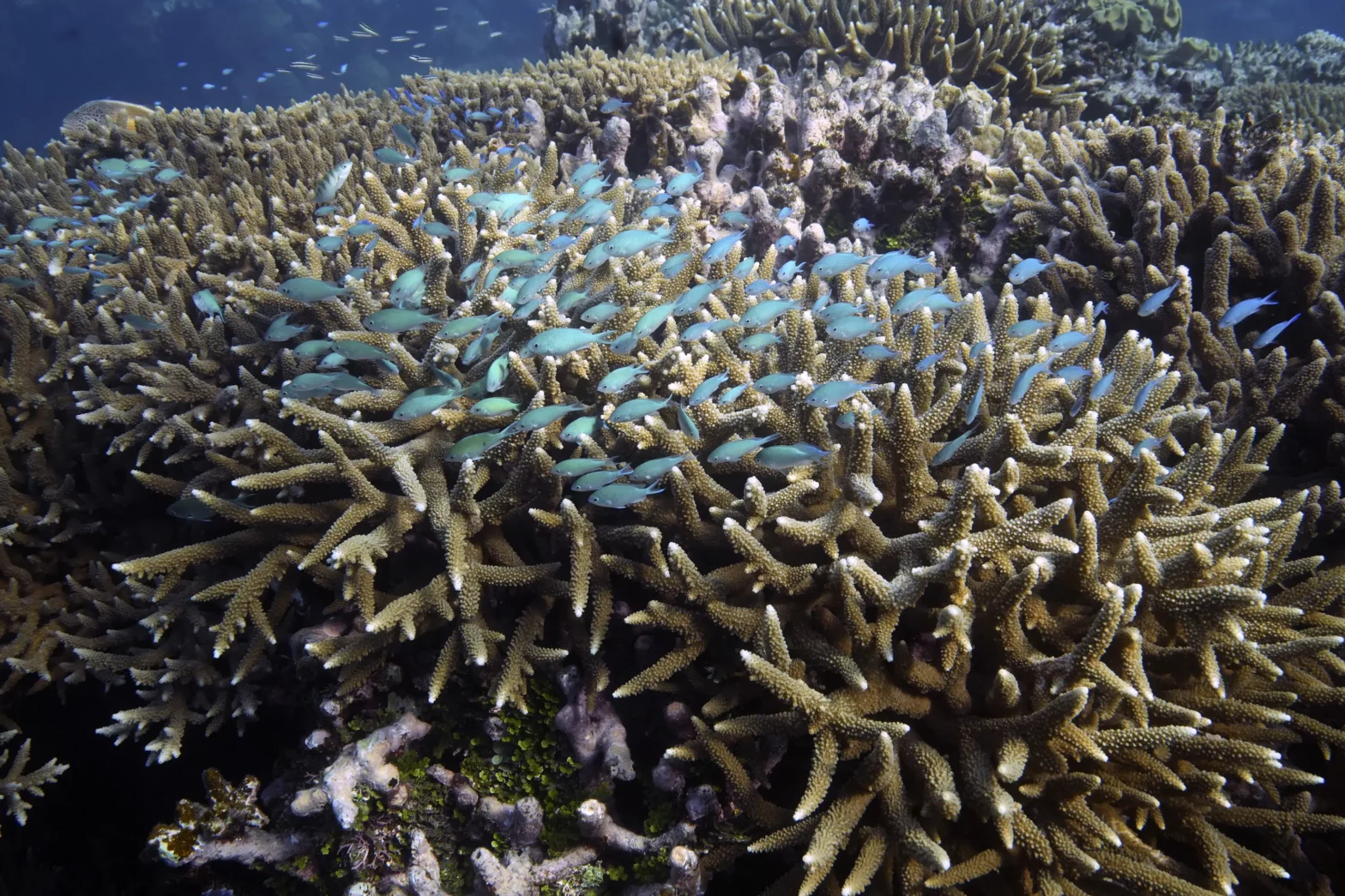Water mining near Queensland’s Gondwana rainforest ‘unacceptably risky’, opponents sayCourt will hear appeal over plan to extract 16m litres of water from a site less than a kilometre from Springbrook national park
Get our morning and afternoon news emails, free app or daily news podcast
A proposed water mining operation – capable of filling more than 32m plastic bottles a year – on the cusp of world-heritage-listed Gondwana rainforest is “unacceptably risky” to the health of the ecosystem, say environmental groups fighting a court battle to block the drilling.On Monday, the Queensland planning and environment court will begin hearings into the plan to extract 16m litres of water from a site 400m from the Springbrook national park. The proposed drilling would take water from an aquifer upstream of Natural Arch and the Twin Falls waterfall.The applicant, Hoffman Drilling, argues the proposal would operate alongside two legacy water mines and have “an insignificant impact” on the environment.
Sign up for Guardian Australia’s free morning and afternoonemail newsletters for your daily news roundup
In 2019 the plan was rejected by the Gold Coast council. Hoffman Drilling is appealing the refusal in court; the case is being jointly defended by the Australian Rainforest Conservation Society.Locals and environment groups say that climate and drought impacts have already been observed at places like Twin Falls and that the rainforest relies on groundwater during periods of low rainfall.Relief as Santos dumps plan to release untreated CSG water near Queensland bum-breathing turtle habitatRead moreThe Gold Coast council’s rejection of the project came amid a severe drought and a heightened period of concern about the impact of water mining – at the time, places like nearby Tamborine Mountain were facing the bizarre situation where the state government was carting emergency water supplies into town, while trucks heading in the opposite direction were taking local water to bottling plants.The state government has placed a moratorium on new water mining applications in the Springbrook and Tamborine Mountain. The Hoffman Drilling application was lodged prior and is not subject to the temporary ban.Aila Keto, the president of the Australian Rainforest Conservation Society, said mining “any volume of water is unacceptably risky”, given the significance of the forest and the threat posed by climate change.“The ecosystems of Springbrook National Park and its surrounds are priceless refuges for a whole host of plants and animals, many of which have ancient lineages and exist nowhere else on Earth,” Keto said.“Australia and the world are in the midst of an extreme biodiversity crisis, which means we have a duty to protect all these refugia as best we can.”Revel Pointon, the managing lawyer at the Environmental Defenders Office, said the high-altitude rainforests of the area have survived largely unchanged because of the wet climate, but they rely on groundwater during dry periods.“The water-mining proposal is particularly concerning to our clients because this world heritage area is already vulnerable to climate change impacts such as droughts, heatwaves, and bushfires of increasing frequency and intensity.skip past newsletter promotionafter newsletter promotion“Very little is understood about the impacts of groundwater mining on the ecosystems in rainforest like those in Springbrook national park.”The council’s refusal of the project cited the “potential to impact upon the Springbrook Plateau as a major ecotourism destination due to potential impacts upon the significance environmental features of this area and additional regular truck movements”.In documents filed with the court, Hoffman Drilling claimed the development was an appropriate use of the land and that the area is “rich in available groundwater”.New water mines in Gold Coast hinterland barred for a year amid concerns over bottling industryRead more“The recorded rainfall near the land was greater than 3000mm a year, and groundwater recharge from such rainfall would allow the proposed development to operate with an insignificant impact on the groundwater system,” the company said in its application to the court.“There is significant aquifer recharge from incident rainfall in this high rainfall area.“Resource investigations that have been carried out on the land reveal, among other things the land is contained within an area that is rich in available groundwater; and the water quality is suitable to be provided to spring water suppliers.”TopicsQueenslandWaterReuse this content

